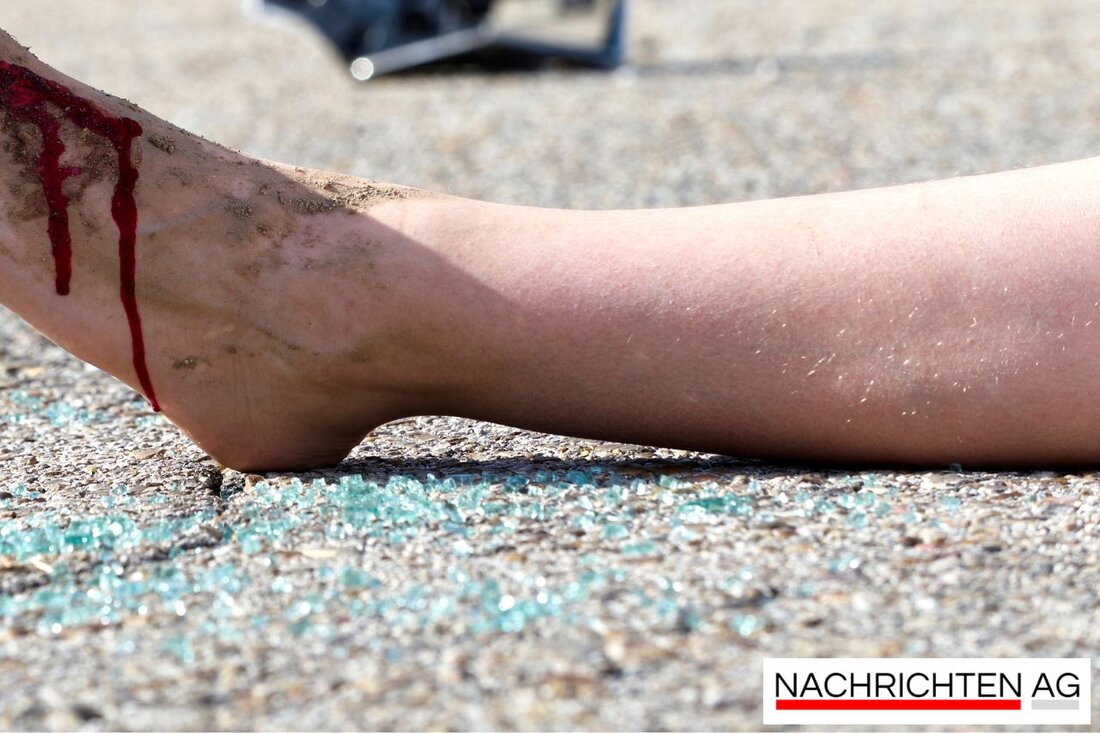Traffic chaos in Treptow: Senate is planning drastic changes to the A100
The Berlin Senate is planning urgently needed traffic measures in Treptow to relieve congestion on the A100 and improve cycle path safety.

Traffic chaos in Treptow: Senate is planning drastic changes to the A100
The Berlin Senate has decided to take measures to improve the traffic situation at the A100 junction and at the Elsenbrücke construction site in Treptow. This decision follows the opening of the 16th construction phase of the A100, which has led to significant congestion and standstill on public transport. Transport Senator Ute Bonde (CDU) announced in the Transport Committee of the House of Representatives that the new traffic routes should be implemented in order to reduce the current burden.
A central element of the planned measures is the creation of two car lanes in the direction of Friedrichshain-Kreuzberg on the temporary bridge over the Spree. The previous cycle paths will be merged, transforming the cycle lane in the direction of Friedrichshain into a two-way route. However, the cycle lane in the direction of Treptow will be removed and converted into a lane for car traffic. These changes are primarily intended to ensure the safety of cyclists, who can now ride away from construction site entrances and exits. Bonde expects this to result in a significant increase in safety for cycling.
High traffic jams and challenges
The opening of the 16th construction phase of the A100, which stretches over 3.2 kilometers and is considered the most expensive motorway section in Germany at a cost of 720 million euros, caused unexpected difficulties. Delays of up to 90 minutes were reported between Grenzallee and Treptower Park; Elsenstrasse in particular was already burdened by construction work before the opening. The BVG was forced to temporarily interrupt several bus routes, which led to confusing situations for pedestrians and cyclists.
In response to the massive traffic load, the Left is calling for the A100 section to be closed until the Elsenbrücke is completed. While parts of the Greens and the SPD support this demand, the CDU warns against hasty decisions and points to the possibility of easing the traffic situation. Senator Bonde opposes an immediate lockdown and emphasizes that changes should be gradual.
Long-term solutions and integrated planning
The discussion about the A100 also raises larger questions about urban development. According to the acatech study on integrated urban development and mobility planning, good networking of city regions is crucial for resource-saving mobility. The goal is to create a more livable city through attractive street spaces and walkable accessibility. This integrated planning is intended to promote synergies between different actors and offer recommendations for action to improve the framework conditions.
The Senate's actions are a step in the right direction, but challenges remain significant. Senator Bonde has already announced that the new traffic regulations will be implemented “as quickly as possible”, but it remains to be seen whether this will actually lead to a noticeable relief in the traffic situation.

 Suche
Suche
 Mein Konto
Mein Konto
